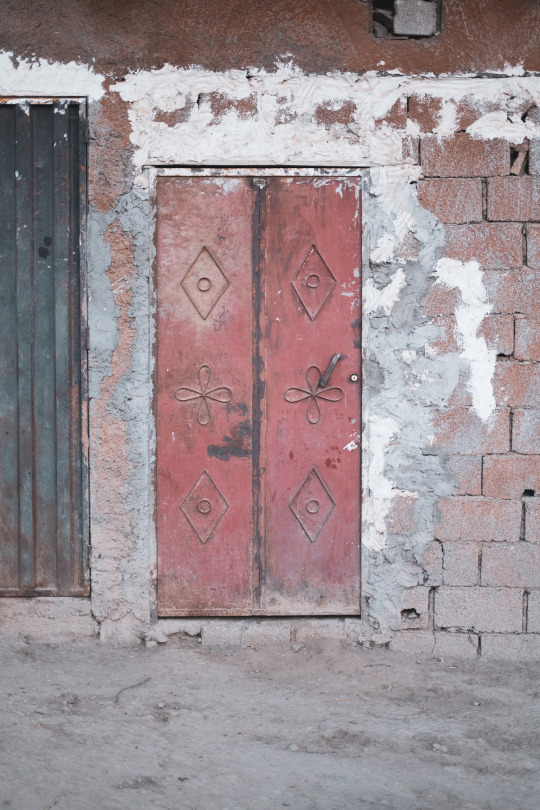#Atlas Mountains
Photo

The Appalachian Mountains, Atlas Mountains, Scottish Highlands and Scandinavian Mountains were all once part of the same "Pangea Central Mountain Range" millions of years ago before Earth's continents split.
#maps#earth history#appalachians#atlas mountains#scottish highlands#scandinavian mountains#interesting
4K notes
·
View notes
Text

Dadès Gorges, Atlas Mountains, MOROCCO
313 notes
·
View notes
Text

Ourika Valley
#ourika valley#ourika river#high atlas#atlas mountains#morocco#north africa#africa#valley#mountains#landscape#nature#trees#wikipedia#wikipedia pictures
80 notes
·
View notes
Text


By Sam Metz
September 11, 2023
An earthquake has sown destruction and devastation in Morocco, where death and injury counts continue to rise as rescue crews dig out people both alive and dead in villages that were reduced to rubble.
Law enforcement and aid workers — both Moroccan and international — have arrived in the region south of the city of Marrakech that was hardest hit by the magnitude-6.8 tremor on Friday night and several aftershocks.
Residents await food, water and electricity, and giant boulders now block steep mountain roads.
Here’s what you need to know:
WHAT ARE THE AREAS MOST AFFECTED?
The epicenter was high in the Atlas Mountains about 70 kilometers (44 miles) south of Marrakech in Al Haouz province.
The region is largely rural, made up of red-rock mountains, picturesque gorges and glistening streams and lakes.
For residents like Hamid Idsalah, a 72-year-old mountain guide from the Ouargane Valley, it is unclear what the future holds.
Idsalah relies on Moroccan and foreign tourists who visit the region due to its proximity to both Marrakech and Toubkal, North Africa’s tallest peak and a destination for hikers and climbers.
“I can’t reconstruct my home. I don’t know what I’ll do. Still, I’m alive so I’ll wait,” he said as rescue teams traversed the unpaved road through the valley for the first time this weekend.
The earthquake shook most of Morocco and caused injury and death in other provinces, including Marrakech, Taroudant and Chichaoua.
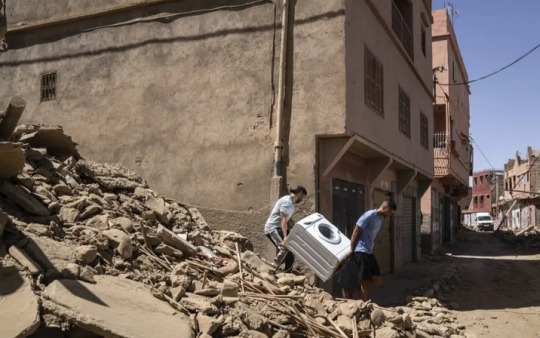
WHO WAS AFFECTED?
Of the 2,122 deaths reported as of Sunday evening, 1,351 were in Al Haouz, a region with a population of around 570,000, according to Morocco’s 2014 census.
People speak a combination of Arabic and Tachelhit, Morroco’s most common Indigenous language.
Villages of clay and mud brick built into mountainsides have been destroyed.
Though tourism contributes to the economy, the province is largely agrarian.
And like much of North Africa, before the earthquake, Al Haouz was reckoning with record drought that dried rivers and lakes, imperiling the largely agricultural economy and way of life.
Outside a destroyed mosque in the town of Amizmiz, Abdelkadir Smana said the disaster would compound existing struggles in the area, which had reckoned with the coronavirus pandemic in addition to the drought.
“Before and now, it’s the same,” said the 85-year-old. “There wasn’t work or much at all.”
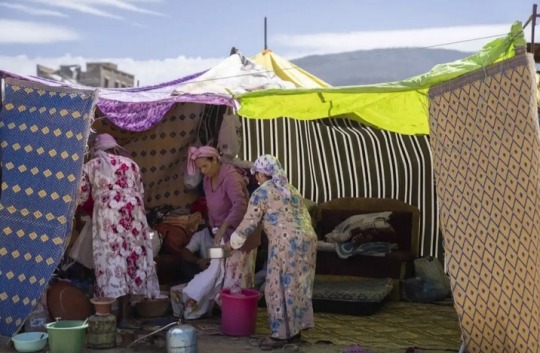
WHO IS PROVIDING AID?
Morocco has deployed ambulances, rescue crews and soldiers to the region to help assist with emergency response efforts.
Aid groups said the government has not made a broad appeal for help and accepted only limited foreign assistance.
The Interior Ministry said it was accepting search and rescue-focused international aid from Spain, Qatar, Britain and the United Arab Emirates, bypassing offers from French President Emmanuel Macron and U.S. President Joe Biden.
“We stand ready to provide any necessary assistance for the Moroccan people,” Biden said Sunday on a trip to Vietnam.
WHY IS MARRAKECH HISTORIC?
The earthquake cracked and crumbled parts of the walls that surround Marrakech’s old city, a UNESCO World Heritage site built in the 12th century.
Videos showed dust emanating from parts of the Koutoubia Mosque, one of the city’s best known historic sites.
The city is Morocco’s most widely visited destination, known for its palaces, spice markets, tanneries and Jemaa El Fna, its noisy square full of food vendors and musicians.

HOW DOES THIS COMPARE TO OTHER QUAKES?
Friday’s earthquake was Morocco’s strongest in over a century but, though such powerful tremors are rare, it isn’t the country’s deadliest.
Just over 60 years ago, the country was rocked by a magnitude-5.8 quake that killed over 12,000 people on its western coast, where the city of Agadir, southwest of Marrakech, crumbled.
That quake prompted changes in construction rules in Morocco, but many buildings, especially rural homes, are not built to withstand such tremors.
There had not been any earthquakes stronger than magnitude 6.0 within 310 miles (500 kilometers) of Friday’s tremor in at least a century, according to the U.S. Geological Survey.
Northern Morocco experiences earthquakes more often, including tremors of magnitude 6.4 in 2004 and magnitude 6.3 in 2016.
Elsewhere this year, a magnitude 7.8 temblor that shook Syria and Turkey killed more than 21,600 people.
The most devastating earthquakes in recent history have been above magnitude 7.0, including a 2015 tremor in Nepal that killed over 8,800 people and a 2008 quake that killed 87,500 in China.
WHAT ARE THE NEXT STEPS?
Emergency response efforts are likely to continue as teams traverse mountain roads to reach villages hit hardest by the earthquake.
Many communities lack food, water, electricity, and shelter.
But once aid crews and soldiers leave, the challenges facing hundreds of thousands who call the area home will likely remain.
Members of the Moroccan Parliament are scheduled to convene Monday to create a government fund for earthquake response at the request of King Mohammed VI.
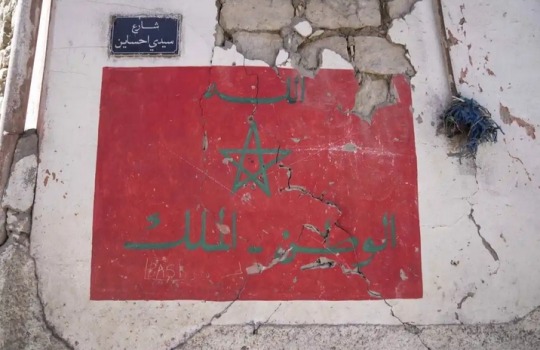
#Morocco#Morocco Earthquake#earthquake#Marrakech#Al Haouz province#Atlas Mountains#Taroudant#Chichaoua#Interior Ministry#Koutoubia Mosque#Moroccan Parliament#King Mohammed VI
92 notes
·
View notes
Photo
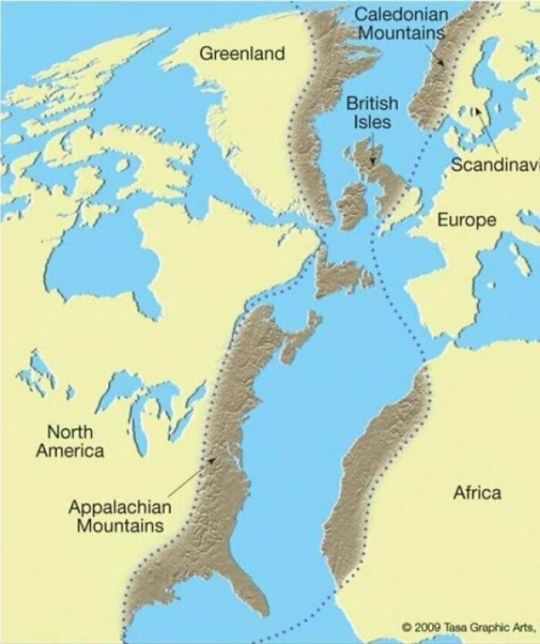
The Scottish Highlands, The Appalachians, And The Atlas Are The Same Mountain Range, Once Connected As The Central Pangean Mountains
375 notes
·
View notes
Text

Berber Equestrian
In recent history, it was thought that the country was roughly divided with Berbers largely living in the High Atlas, Middle Atlas and Rif mountain ranges of Morocco while the Arabs held the cities and valleys, but this division is less obvious these days.
When battles were still fought on horseback, Berbers were skilled horseman and their skill was a strong asset in battle. The Berber horse is one of the oldest horse breeds in the world, which was almost extinct in the meantime and is still struggling to survive.
#berber horseman#horseback riding#atlas mountains#travel morocco#kingdom of morocco#travel photography#traveling#muttball
20 notes
·
View notes
Text
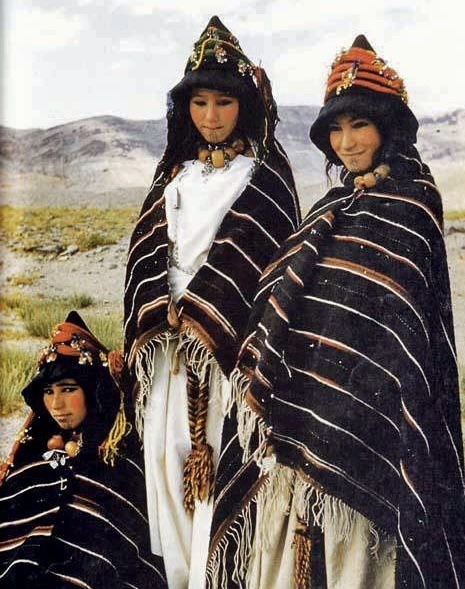
Women in High Atlas, Morocco.
74 notes
·
View notes
Text
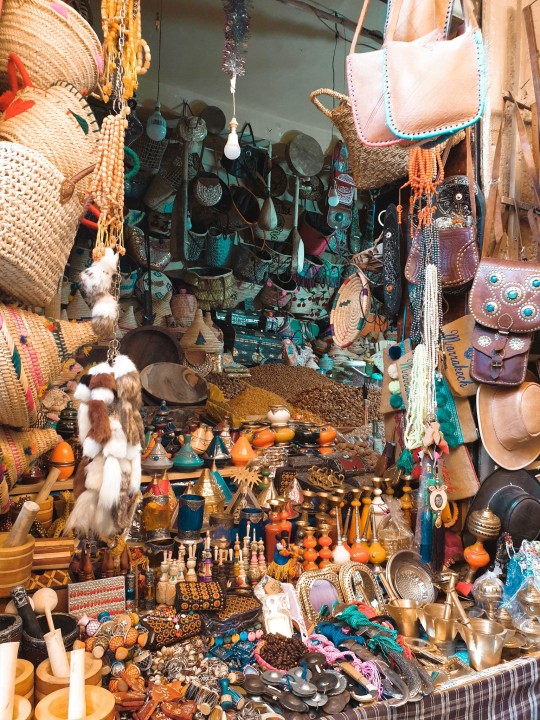
Moulay Brahim, Marrakech, Morocco 🇲🇦
#traditional#traditional art#handmade#vintage#morocco#berber#traditionals#jewerly#19th century#streetphotography#arab tumblr#kunst#street art#art#kodak#35mm#kultur#atlas mountains#bergen#luxury#photography#shot
102 notes
·
View notes
Text
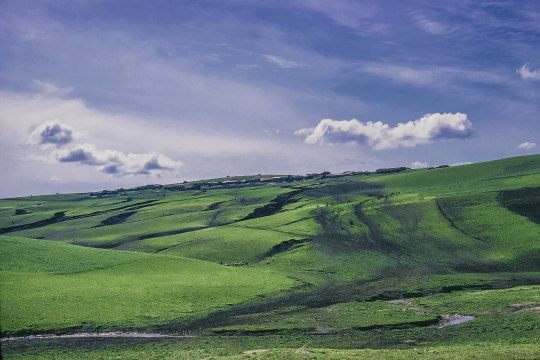
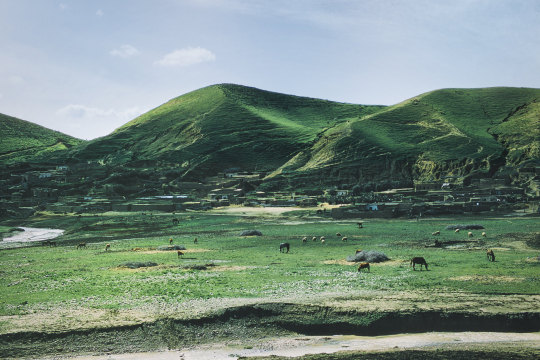

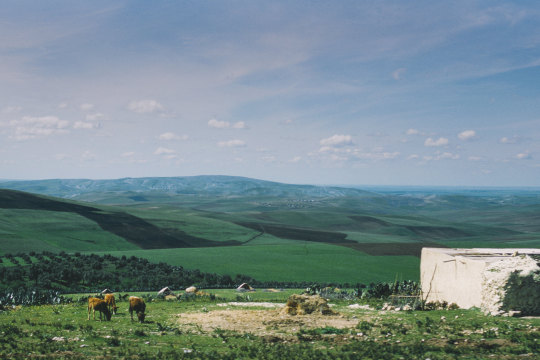

Long Ago In Morocco With Color (2) (3) (4) (5) by marcus neal
Via Flickr:
Shot from a VW bus while traveling in Morocco., circa 1970.
3 notes
·
View notes
Photo

The Scottish Highlands, the Appalachians, and the Atlas are the same mountain range, once connected as the Central Pangean Mountains
4K notes
·
View notes
Text
#visitmorocco#morocco tours#travel photography#travel#travel blog#vacation#adventure#tourist attraction#destinations#atlas mountains#marrakech#morocco#photography#holiday
3 notes
·
View notes
Photo

The Shilha people or Shluh are an Amazigh ethnic group in Morocco.The self-name is Išlḥiyn, in French literature they usually are referred to as les Chleuhs. They live mainly in Morocco's Atlas Mountains and Souss Valley. The speak the Tashelhiyt language, which has around 4 million speakers (2004 census).
The indigenous peoples of the central Moroccan coast, noted by the early Phoenician explorers, would have been the Chleuh. The first millennium voyages of Hanno described the Phoenicians' methods of peacefully trading with the native peoples of the Mogador area.
The Shilha are associated with Amazigh music and dance.
#Shilha#Shluh#Amazigh#Morocco#Išlḥiyn#Chleuh#atlas mountains#Souss Valley#Tashelhiyt#Mogador#africa#history#portraits
6 notes
·
View notes
Text
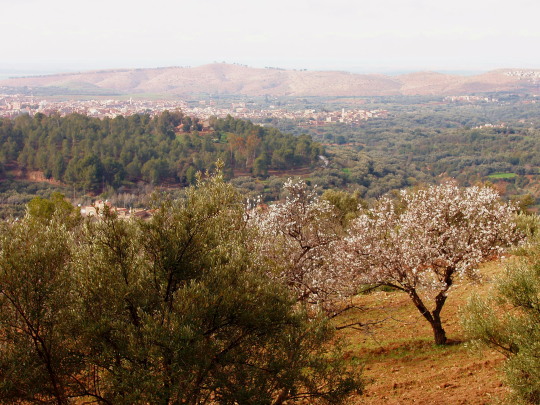
Today's Flickr phot with the most hits: olive trees and almond trees around Demnate, Morocco.
7 notes
·
View notes
Text
10 Must-See Destinations in Morocco That Will Leave You Spellbound
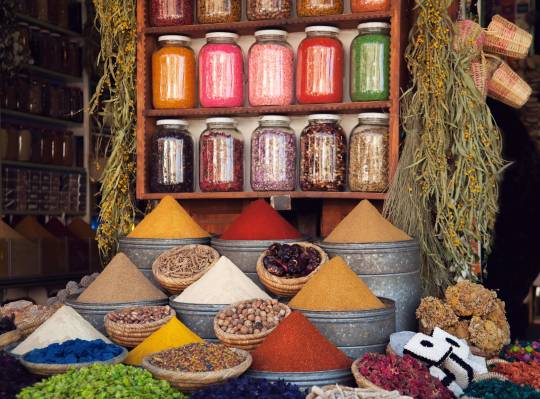
culture
Morocco is a North African country that is rich in history, culture, and natural beauty. From the bustling city of Marrakech to the peaceful town of Chefchaouen, Morocco has a lot to offer to travelers who are seeking unique experiences.
Marrakech
Marrakech is a vibrant city that is known for its bustling markets, traditional architecture, and historic landmarks. One of the must-see landmarks in Marrakech is the Jemaa el-Fnaa square, which is home to snake charmers, street performers, and delicious street food. Other must-see landmarks include the Koutoubia Mosque, Bahia Palace, and the Saadian Tombs.
Casablanca
Casablanca is the economic capital of Morocco and home to the largest mosque in Africa, the Hassan II Mosque. The mosque is a stunning structure that showcases intricate Moroccan architecture and offers a breathtaking ocean view. Other notable landmarks in Casablanca include the Rick's Cafe and the Royal Palace of Casablanca.
Fes
Fes is a city that is steeped in history and culture. The city is home to the oldest university in the world, the University of Al Quaraouiyine, which dates back to the 9th century. Fes is also famous for its traditional tanneries, which have been producing leather goods for centuries. Other must-see landmarks include the Bou Inania Madrasa, the Dar Batha Museum, and the Royal Palace of Fes.
Chefchaouen
Chefchaouen is a small town that is located in the Rif Mountains. The town is known for its blue-painted buildings and peaceful atmosphere. Chefchaouen is a great place to relax and enjoy the scenic views of the surrounding mountains. Other notable landmarks include the Kasbah Museum and the Ras Elma River.
Essaouira
Essaouira is a coastal city that is known for its relaxed atmosphere and beautiful beaches. The city is also famous for its historic fortifications and traditional fishing port. Other must-see landmarks include the Skala de la Ville, the Essaouira Citadel, and the Sidi Mohammed Ben Abdallah Museum.
Rabat
Rabat is the capital city of Morocco and home to the Mausoleum of Mohammed V, which is a stunning example of Moroccan architecture. The city is also home to the Hassan Tower, which is an incomplete mosque that dates back to the 12th century. Other notable landmarks include the Royal Palace of Rabat and the Chellah Necropolis.
Atlas Mountains
The Atlas Mountains are a stunning range that spans across Morocco, Algeria, and Tunisia. The mountains are home to traditional Berber villages and breathtaking landscapes. A trek through the Atlas Mountains is a must-do activity for any adventurous traveler.
Sahara Desert
The Sahara Desert is the largest hot desert in the world and covers most of North Africa. The desert is a magical place with towering sand dunes and clear night skies. A camel trek through the desert is an experience that you will never forget.
Ouarzazate
Ouarzazate is a city that is located in the middle of the desert and is known as the gateway to the Sahara. The city is home to the Kasbah of Taourirt, which is a stunning example of Moroccan architecture. Ouarzazate is also a popular filming location for Hollywood movies and TV shows.
Agadir
Agadir is a coastal city that is known for its beautiful beaches and relaxed atmosphere. The city is a popular tourist destination and offers a range of activities, including surfing, golfing, and hiking in the nearby hills.
In conclusion, Morocco is a country that is full of unique experiences for travelers. From the vibrant city of Marrakech to the peaceful town of Chefchaouen, and from the stunning Atlas Mountains to the magical Sahara Desert, there is something for everyone in Morocco. The country is rich in history, culture, and natural beauty, and a visit to any of these ten must-see destinations is sure to leave you spellbound. Whether you are seeking adventure, relaxation, or simply a chance to explore a new culture, Morocco is a destination that should be on your travel bucket list.
#Morocco tours#traveling#Morocco travel#Moroccan culture#Sahara desert#Atlas Mountains#Marrakech#Casablanca#Fes#Rabat#Chefchaouen#Essaouira#adventure tourism#camel trekking#traditional markets#Moroccan food#Berber villages#Islamic architecture#beach resorts#North Africa#Maghreb region.#wanderlust#travel photography
6 notes
·
View notes
